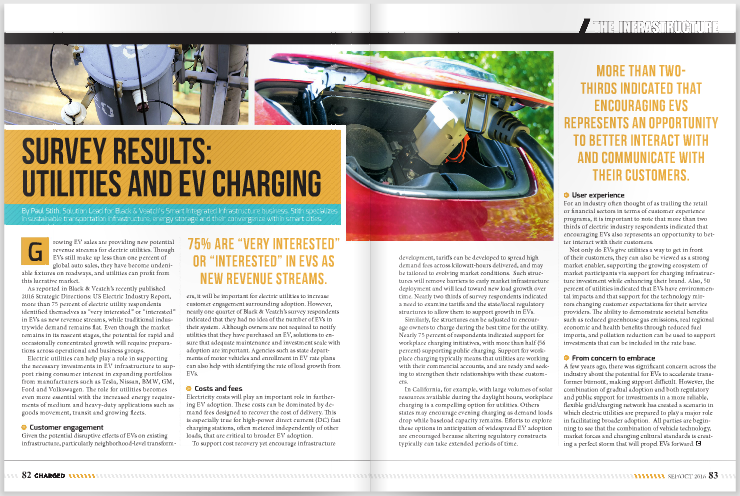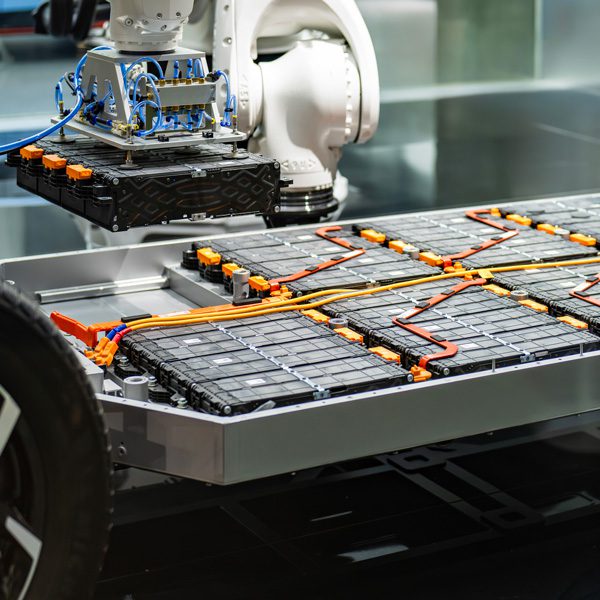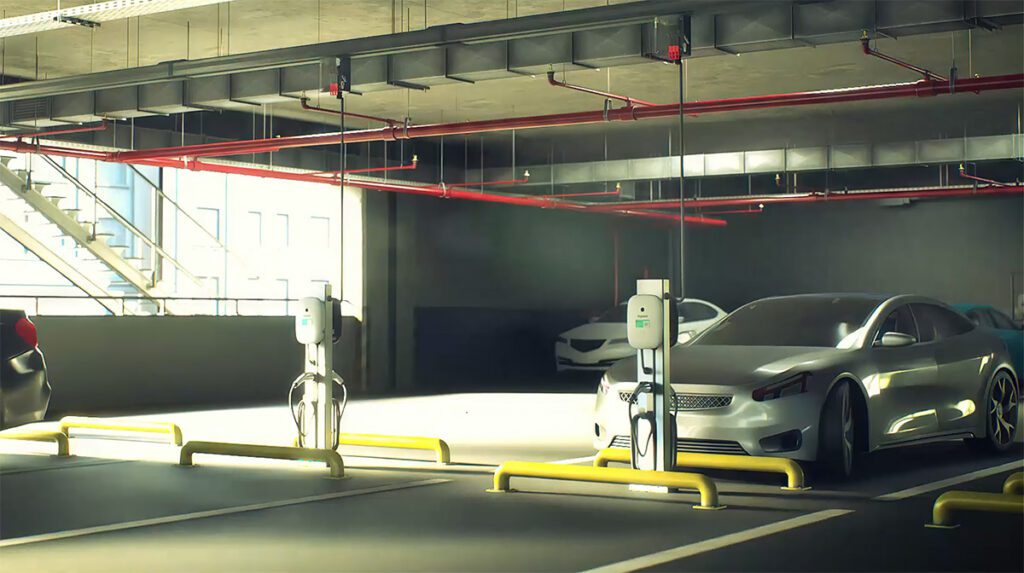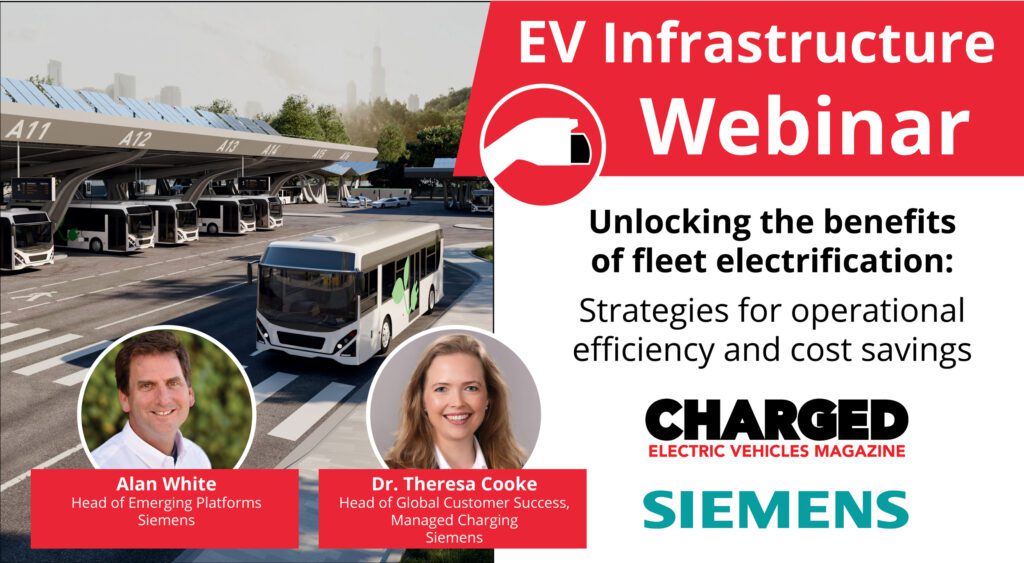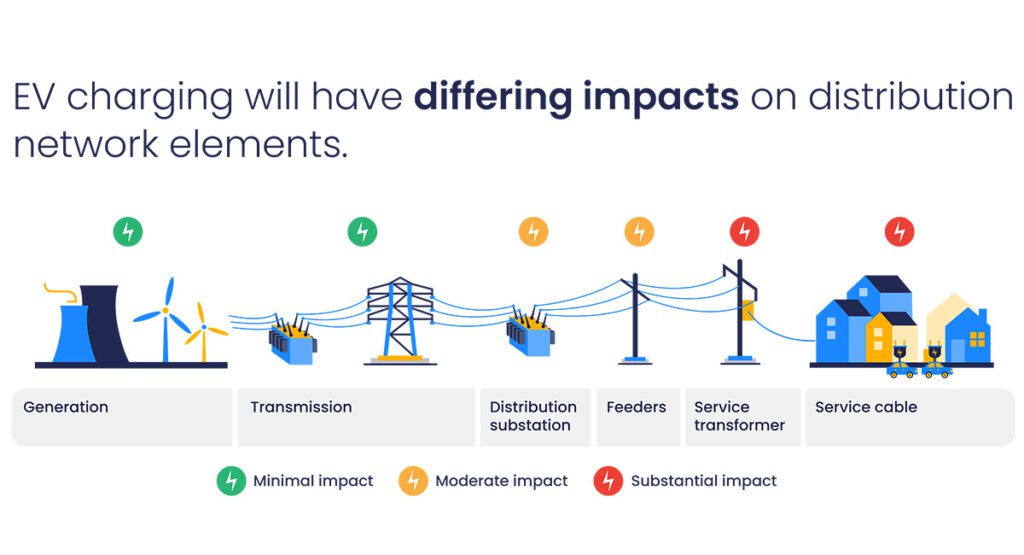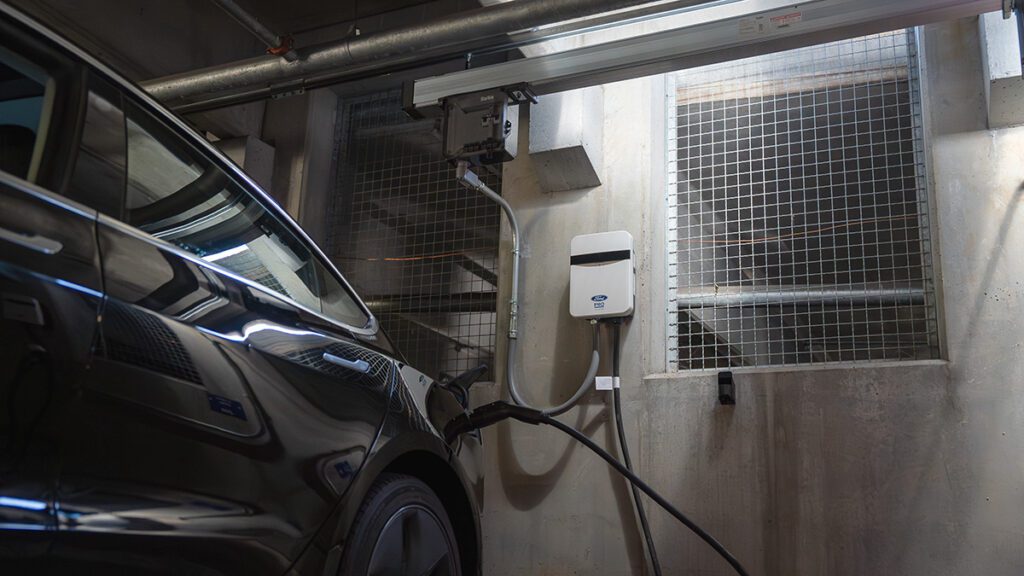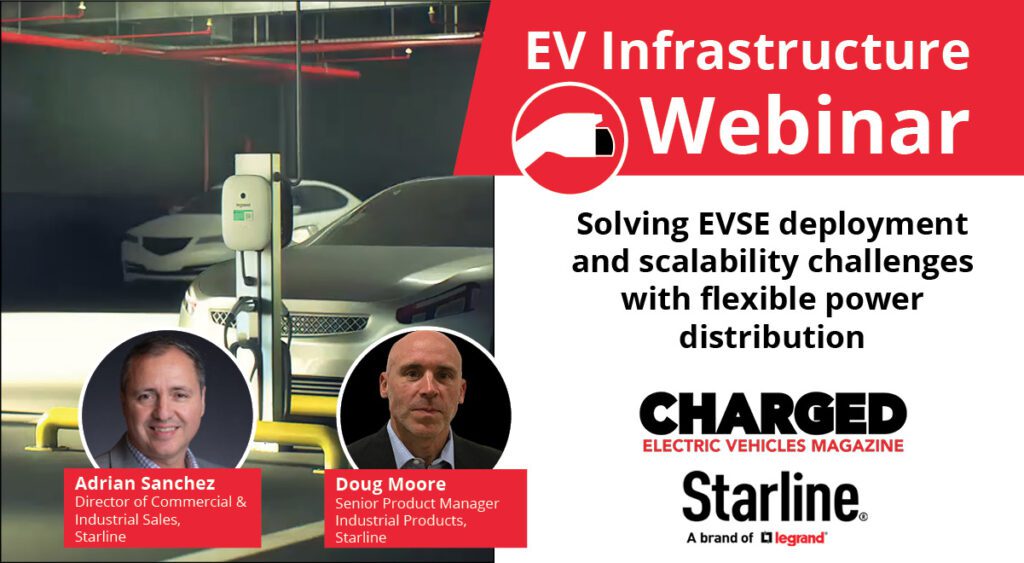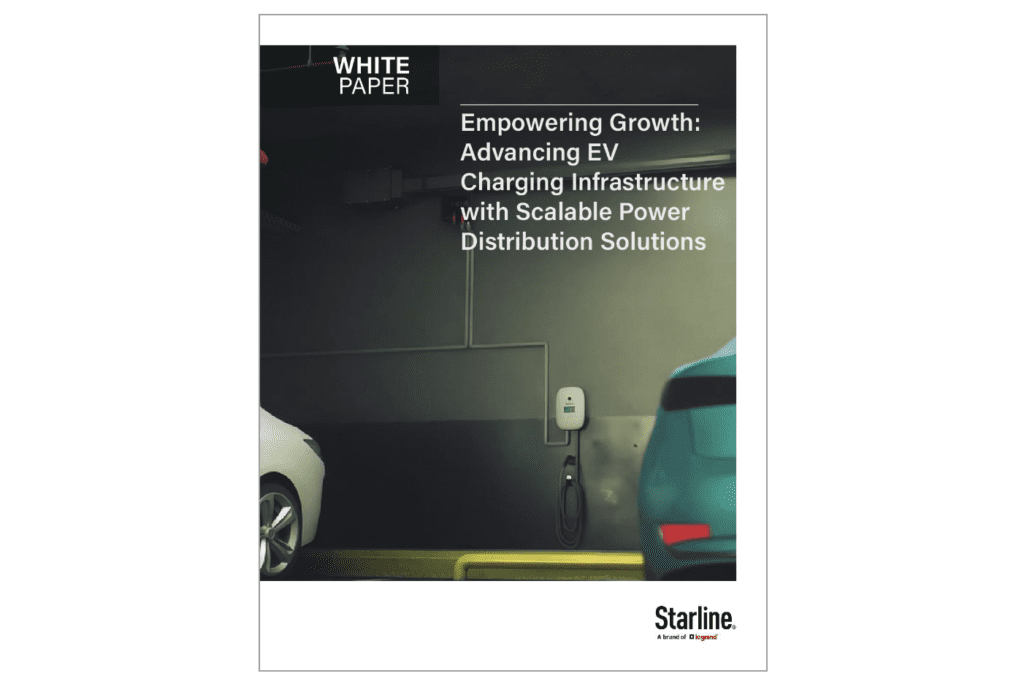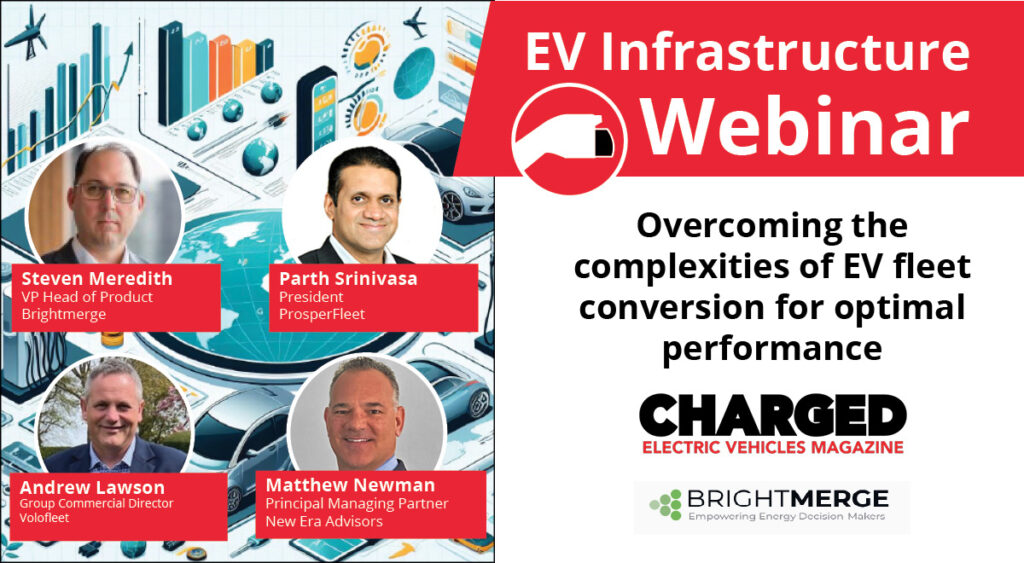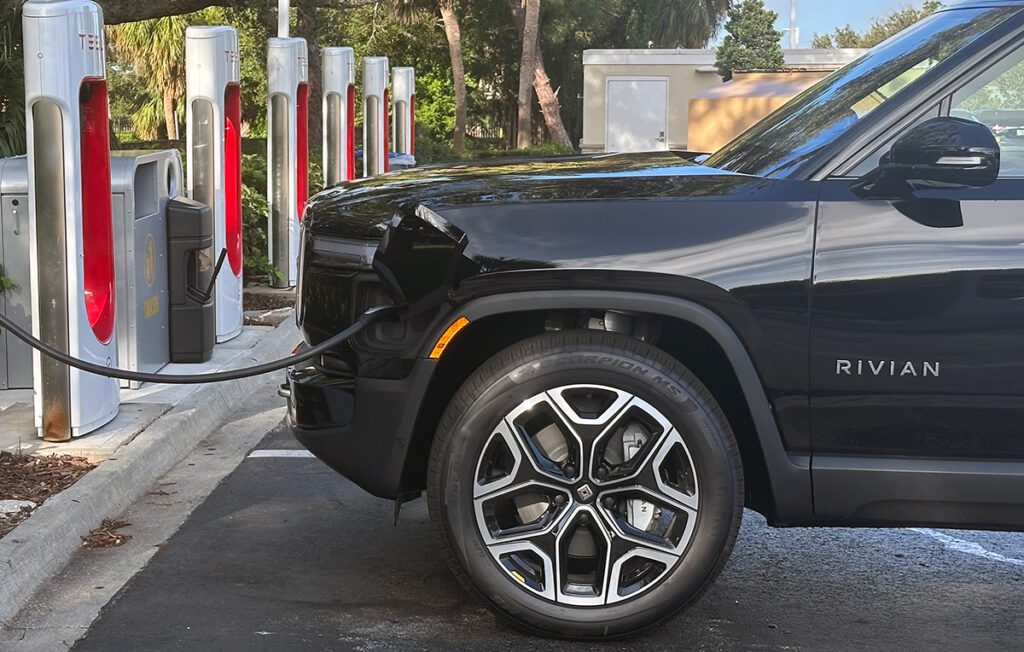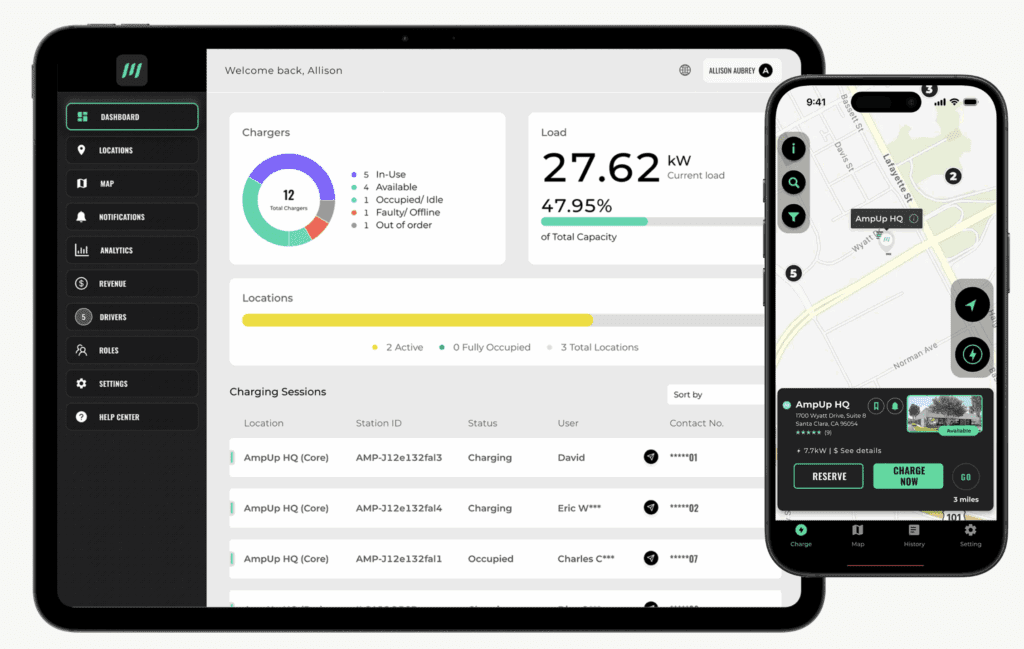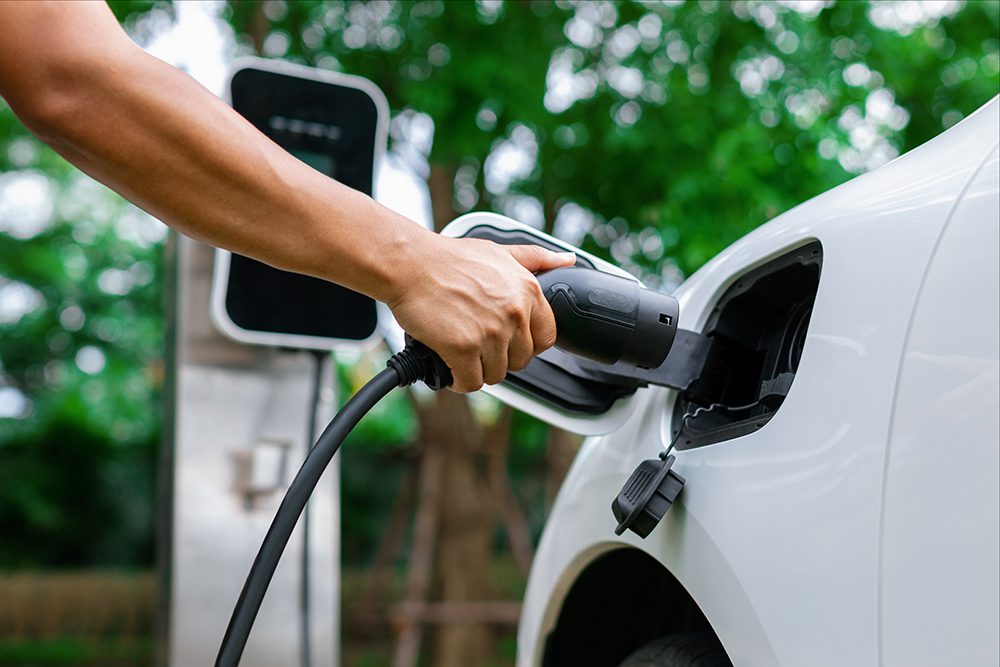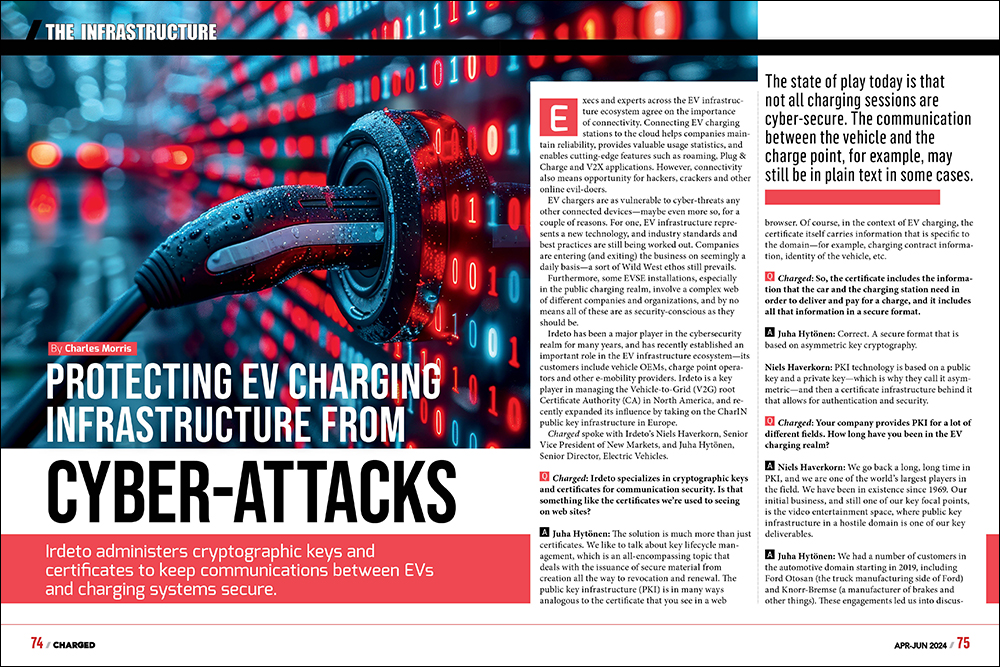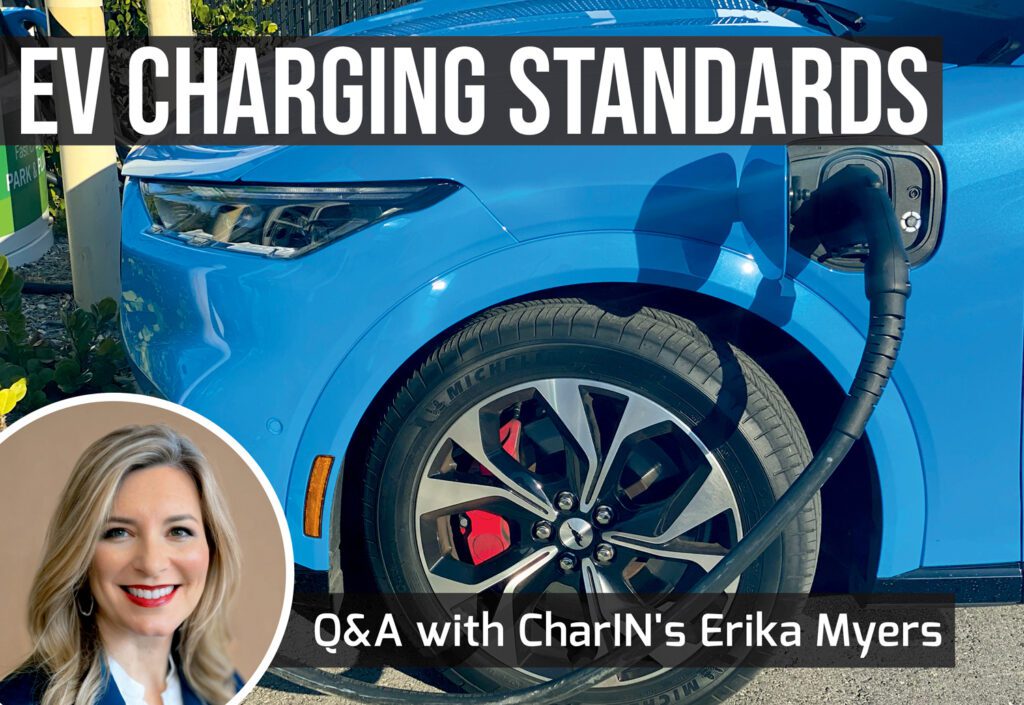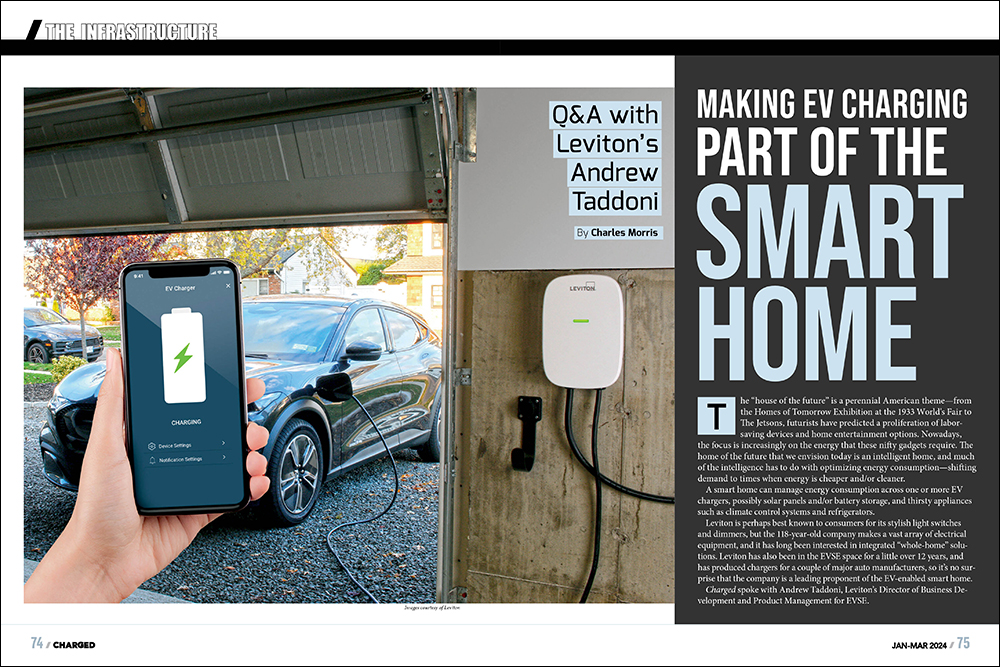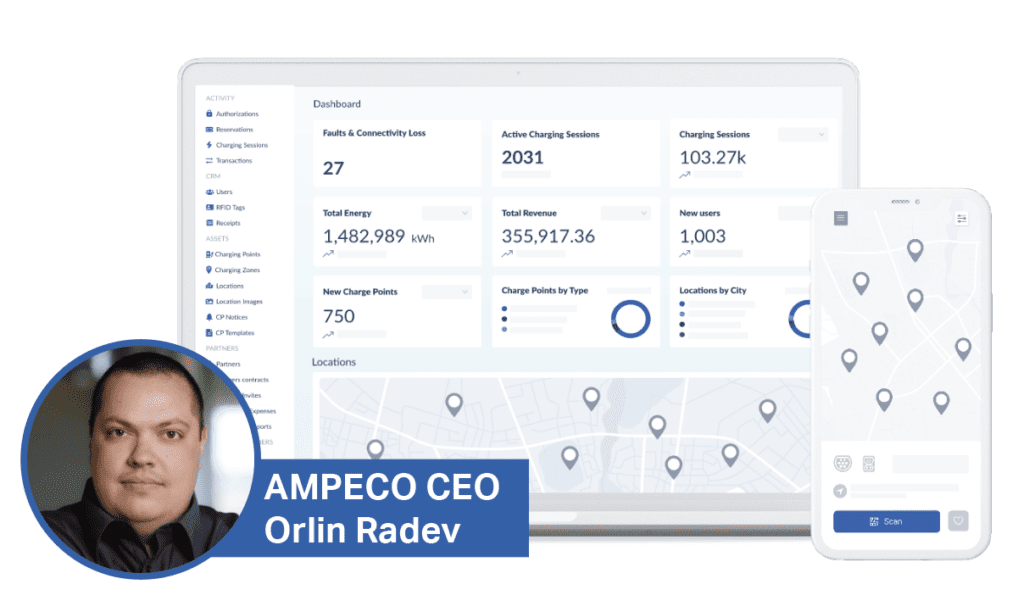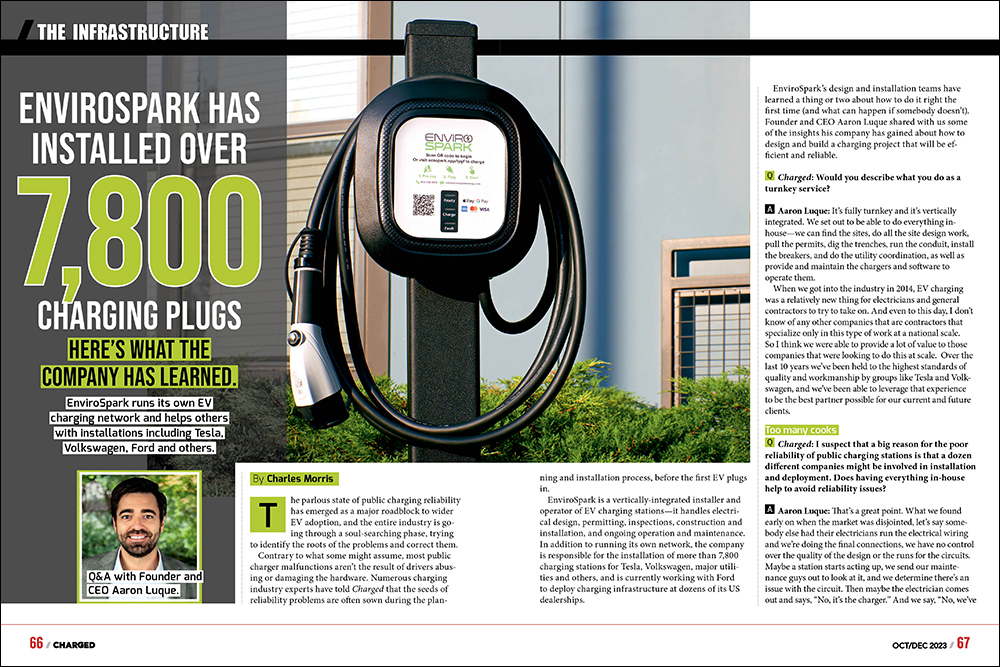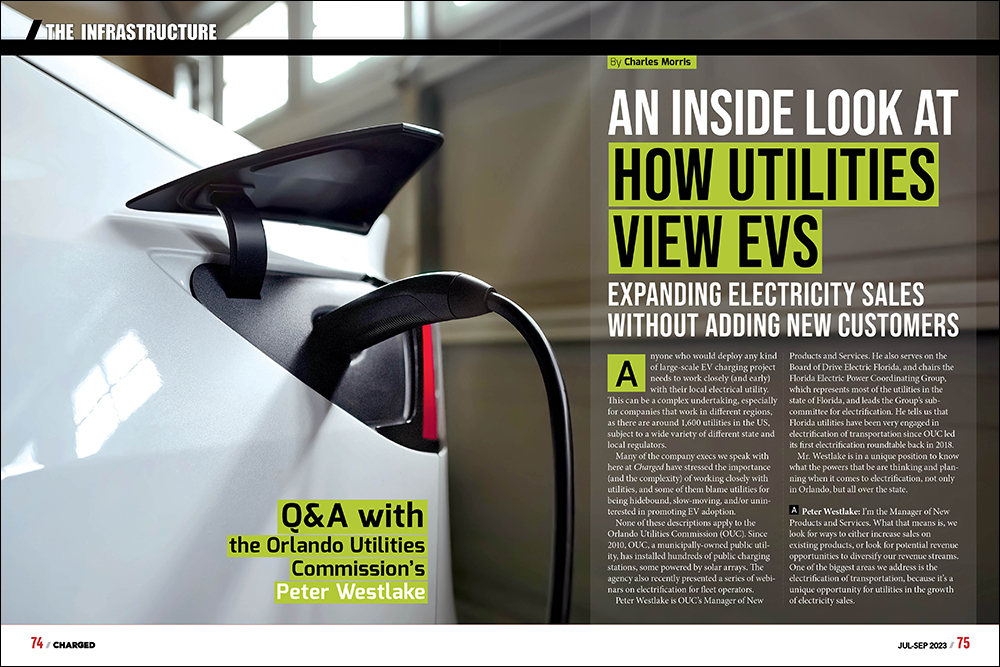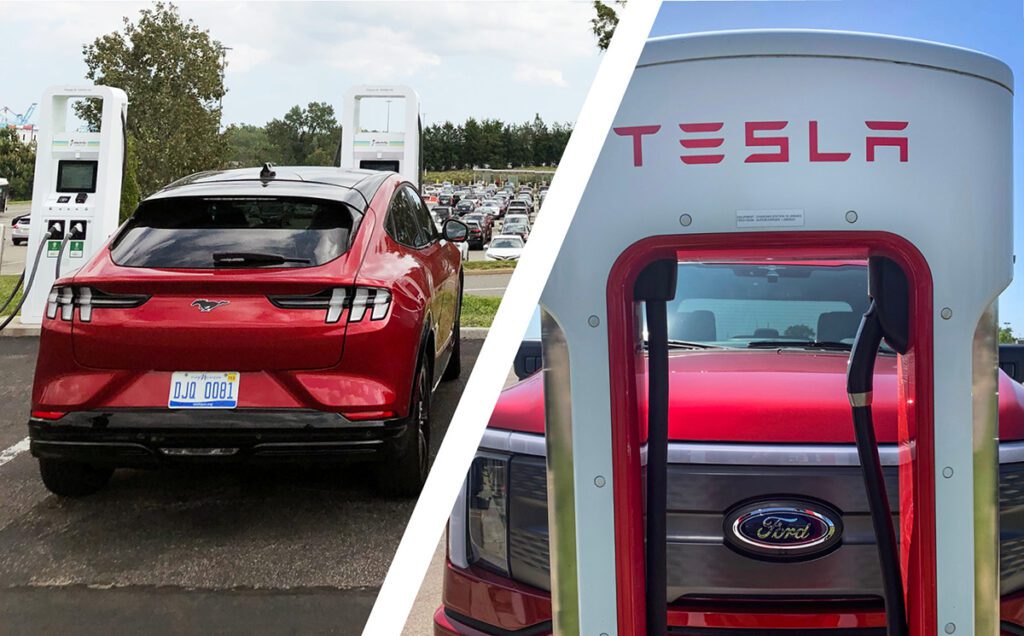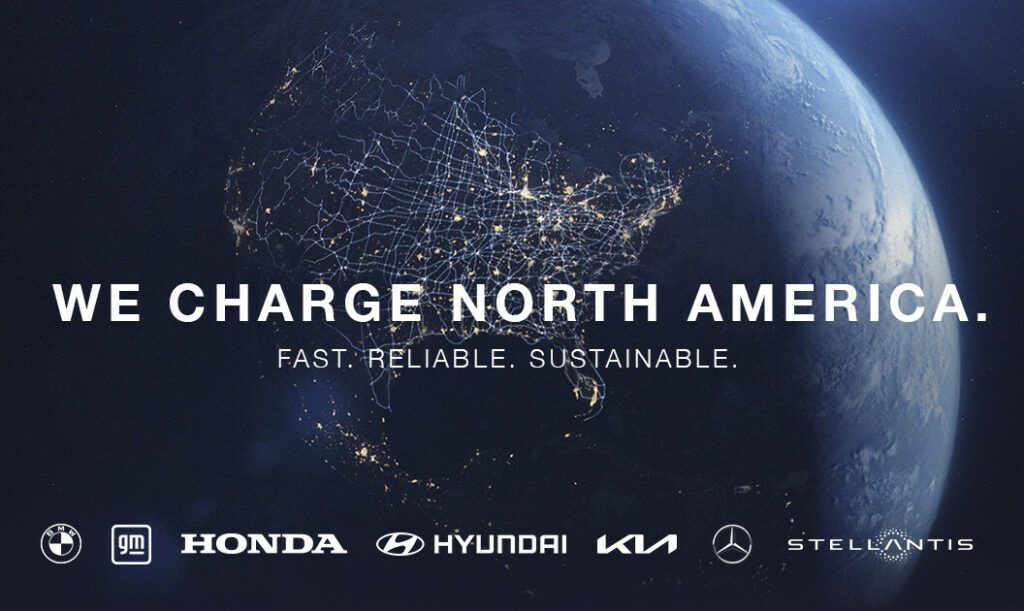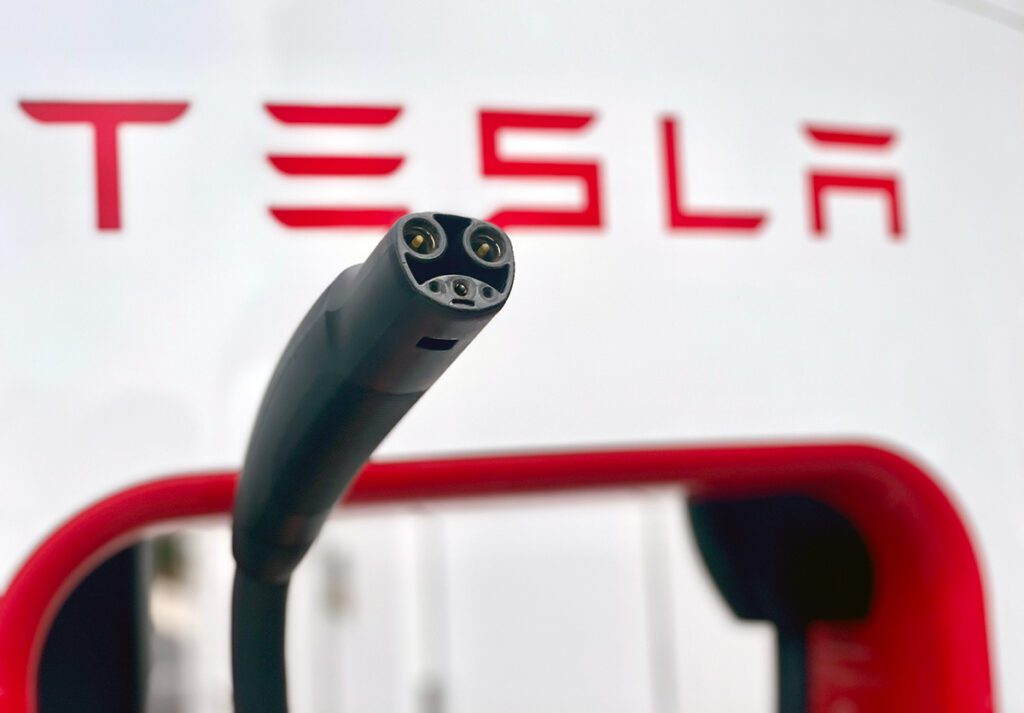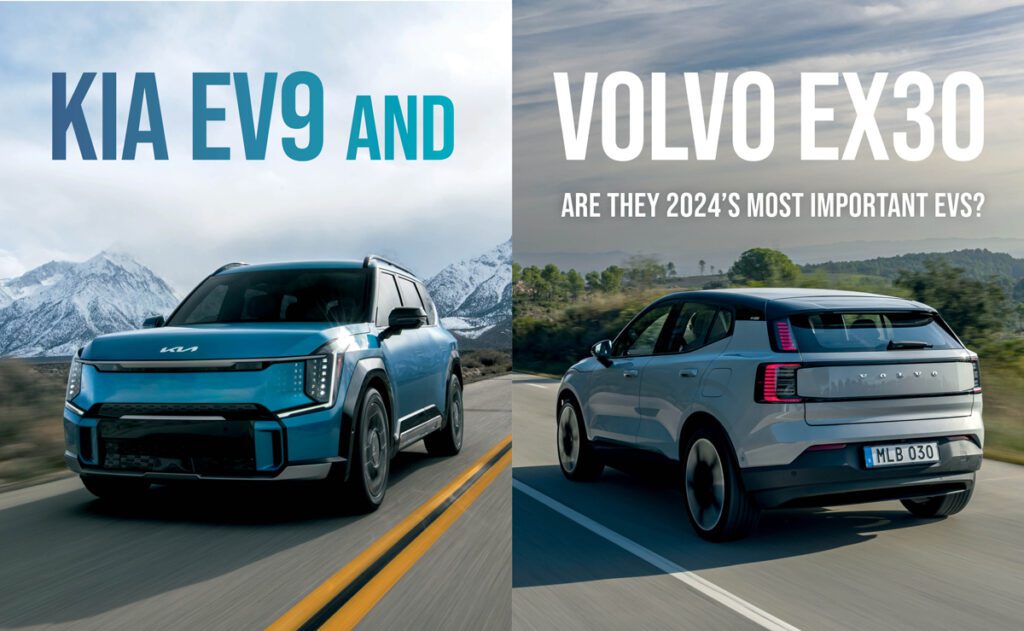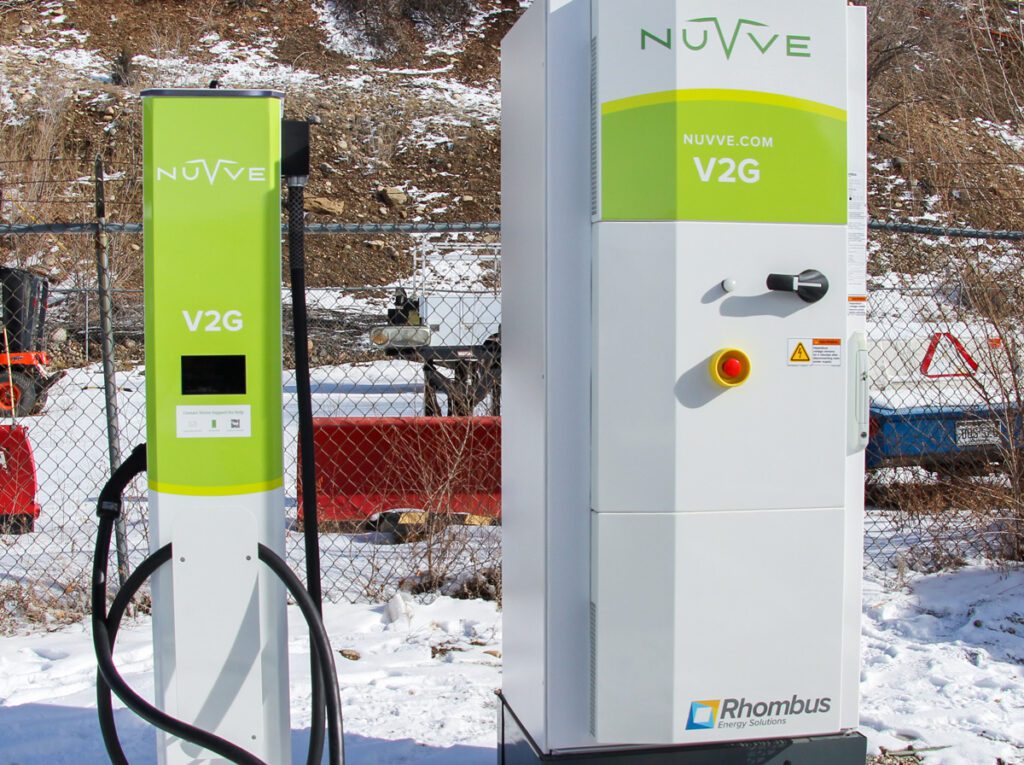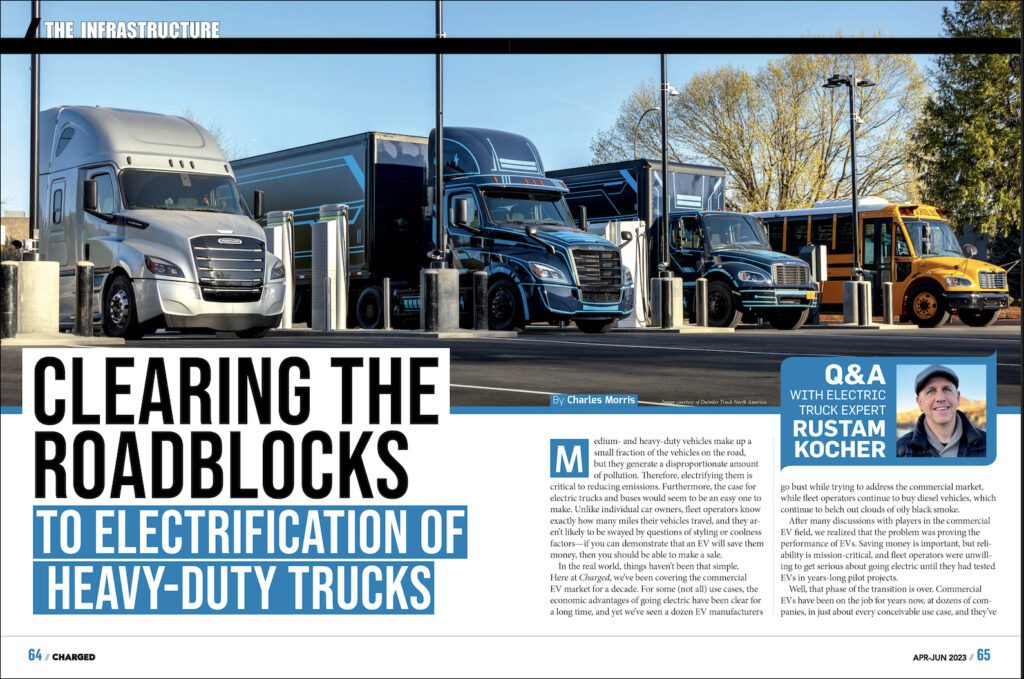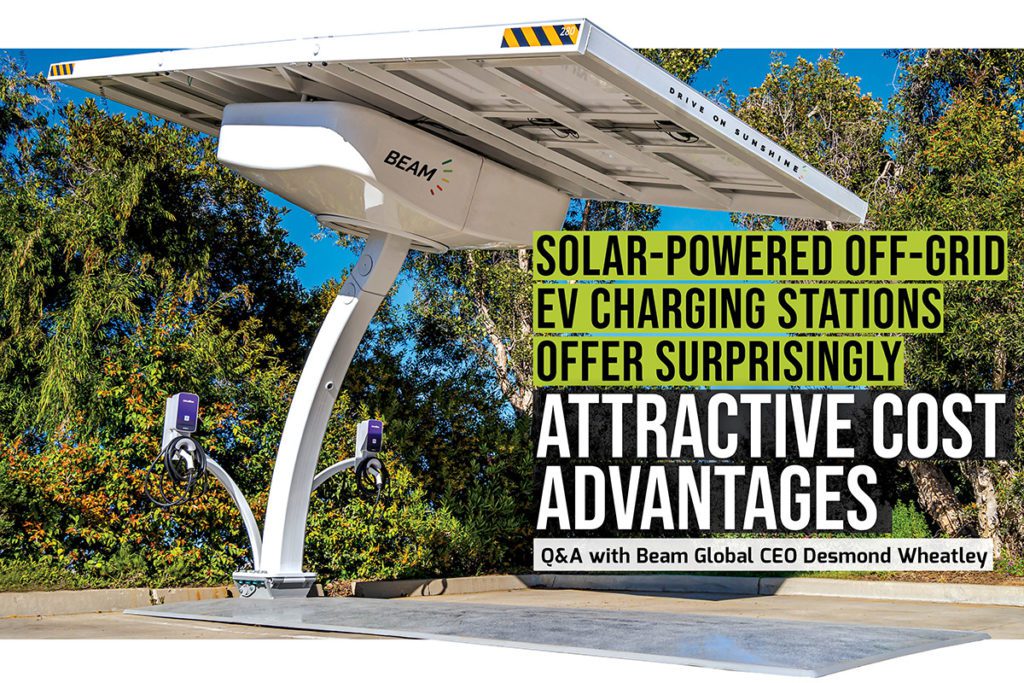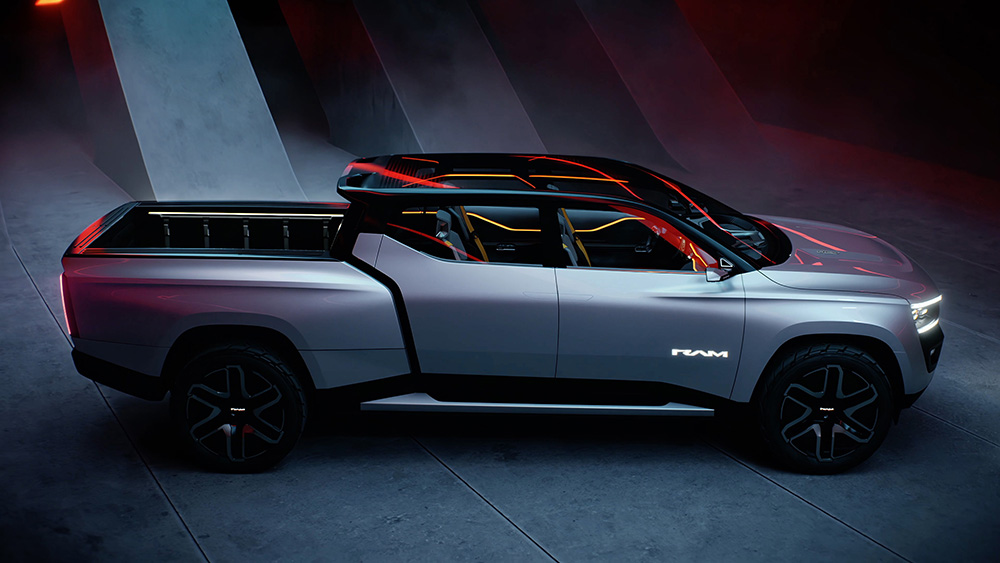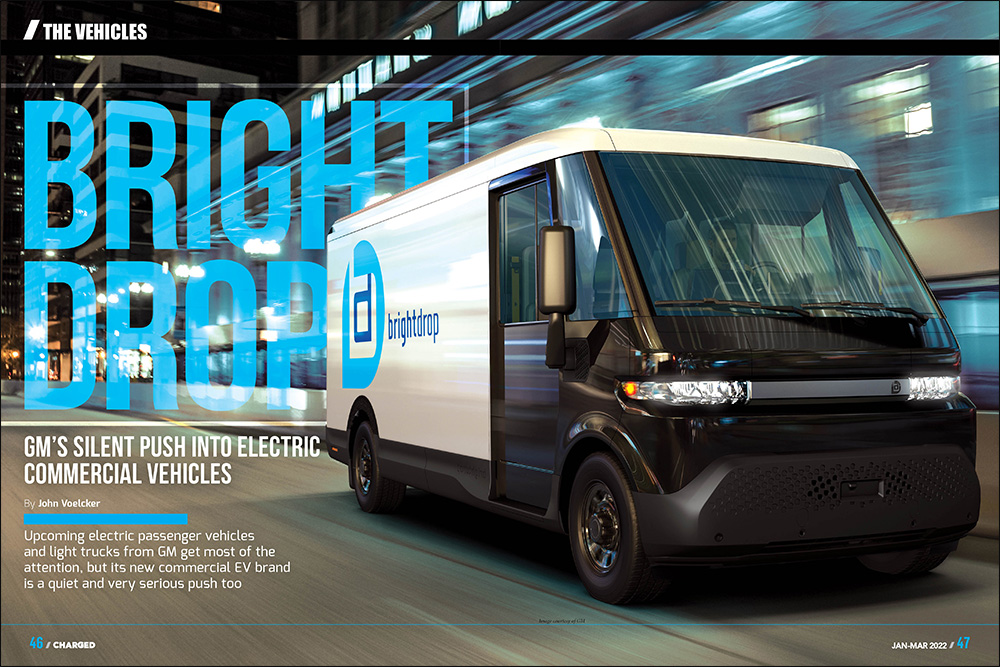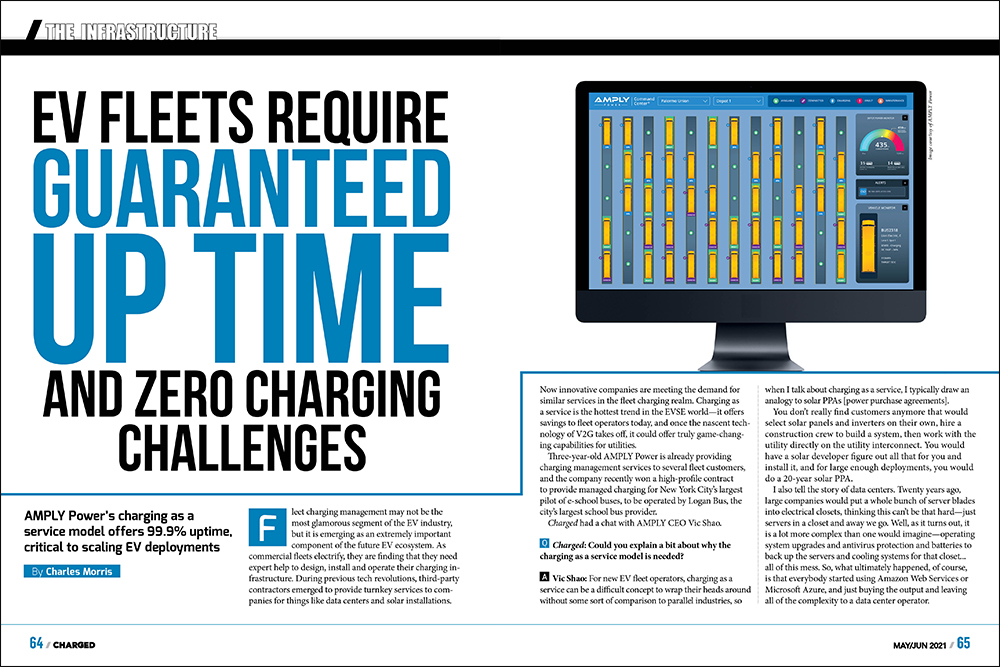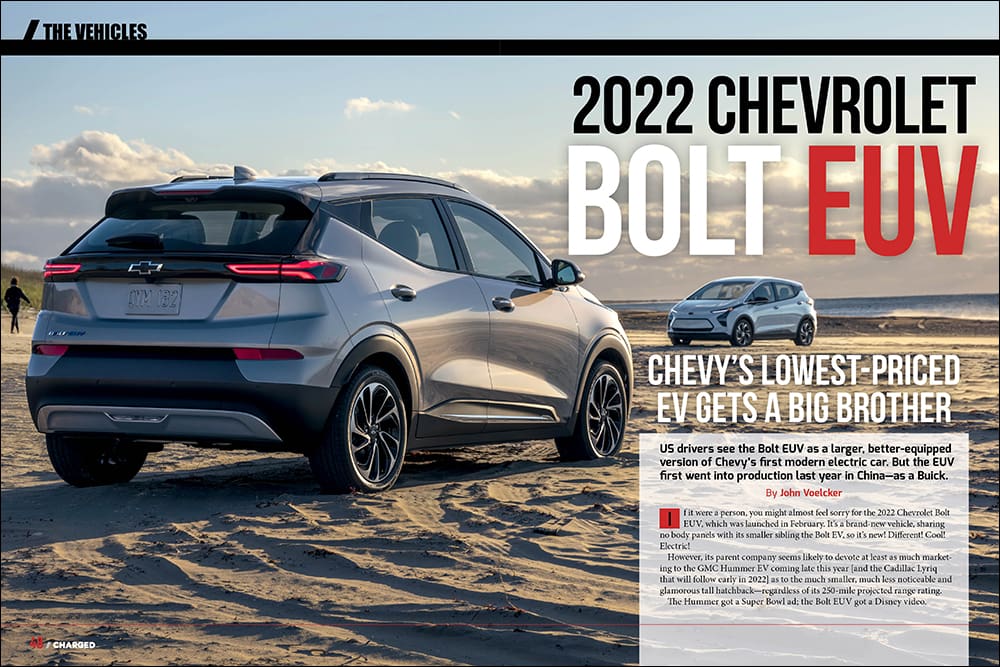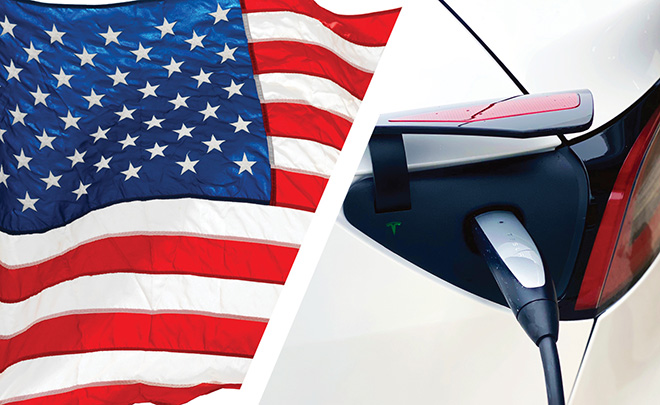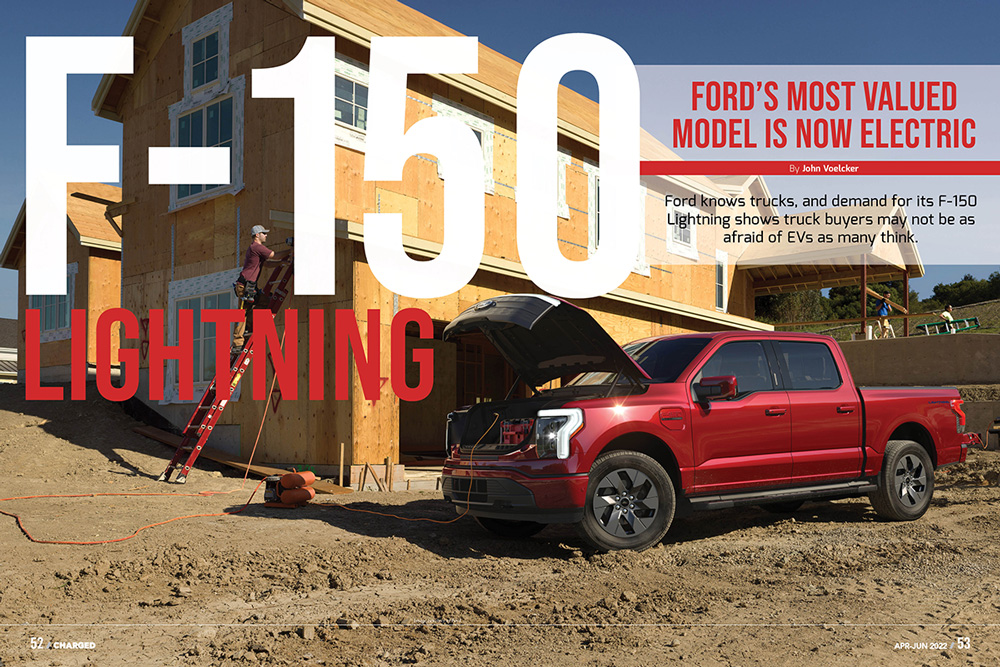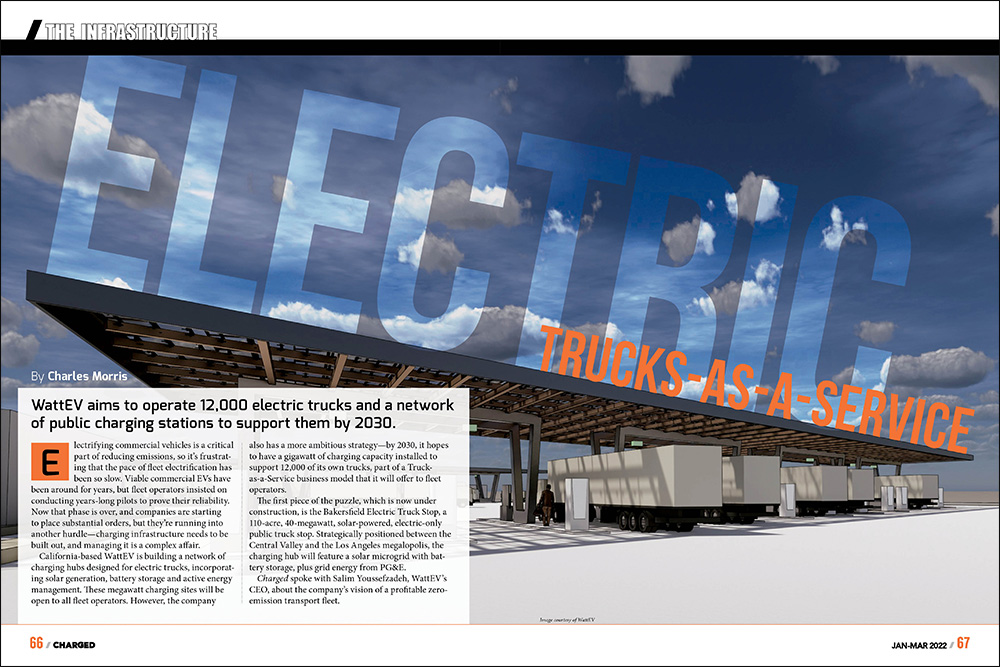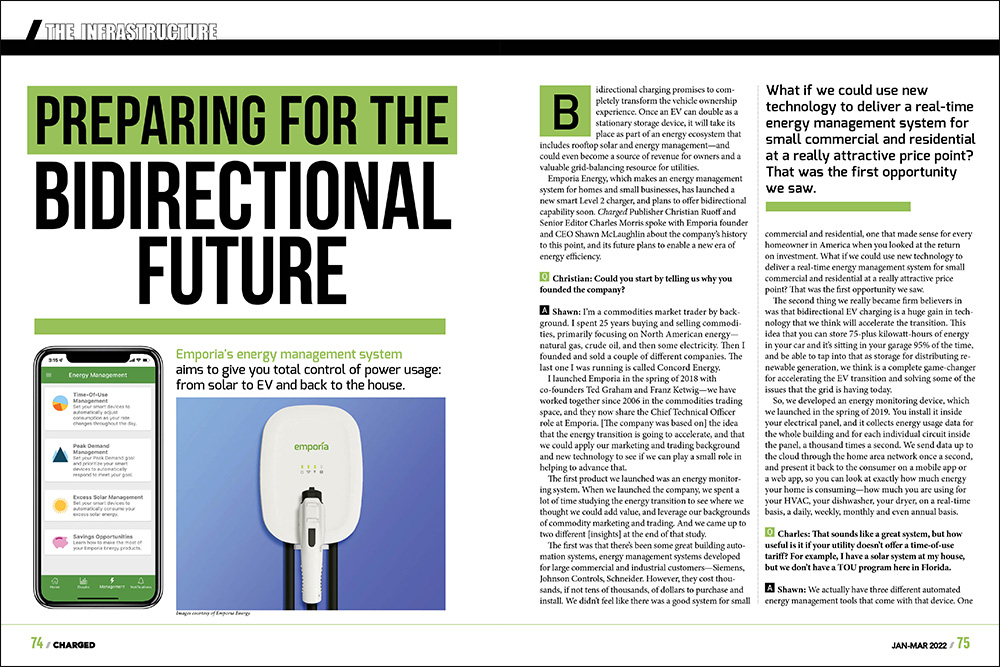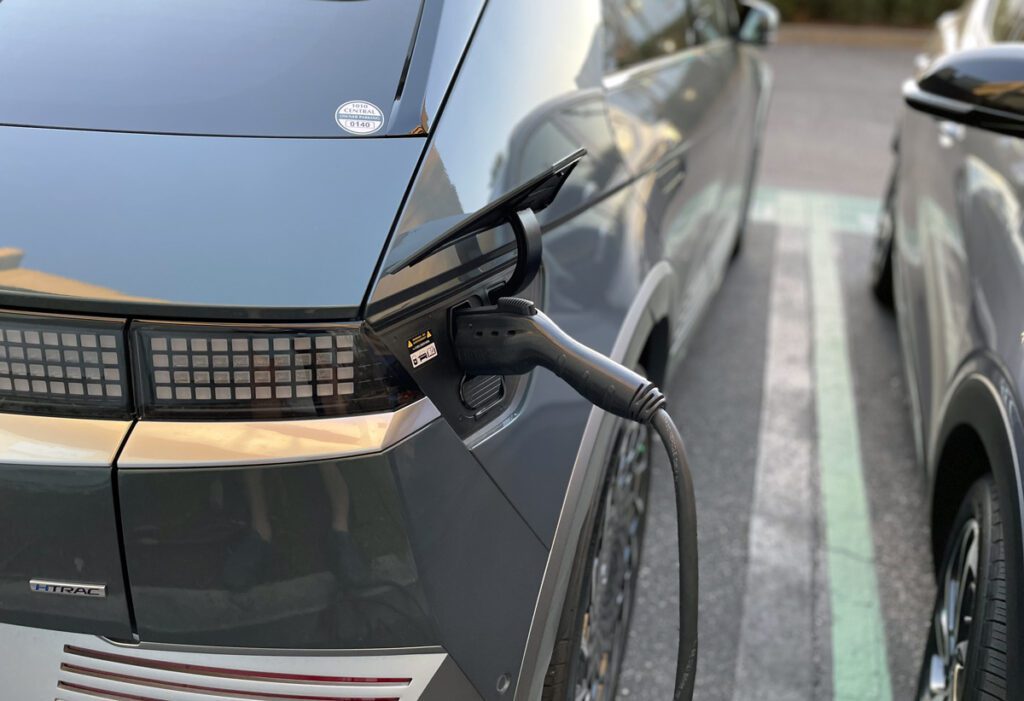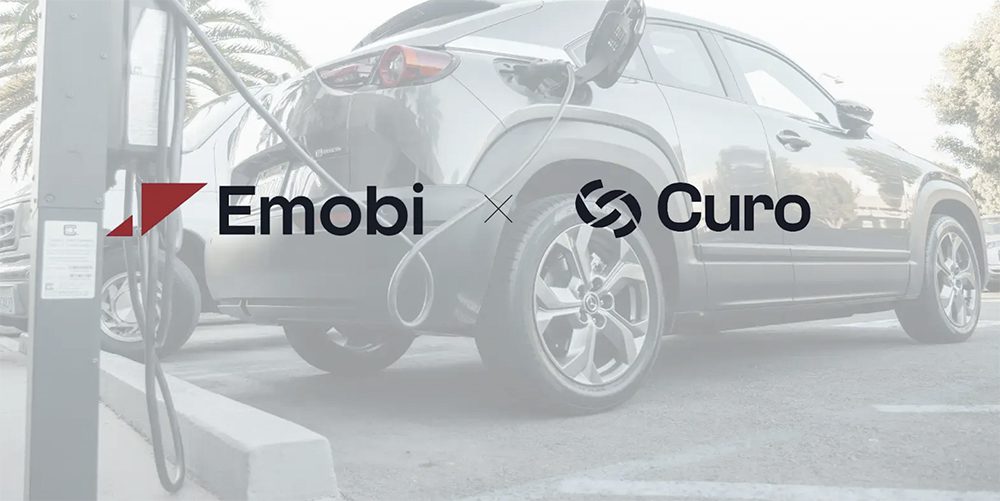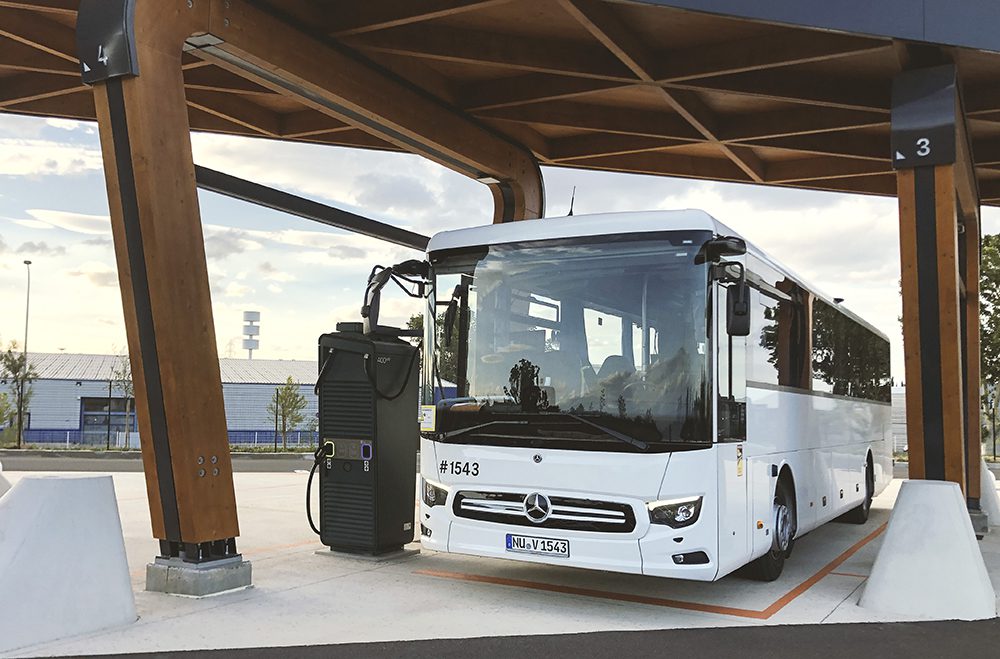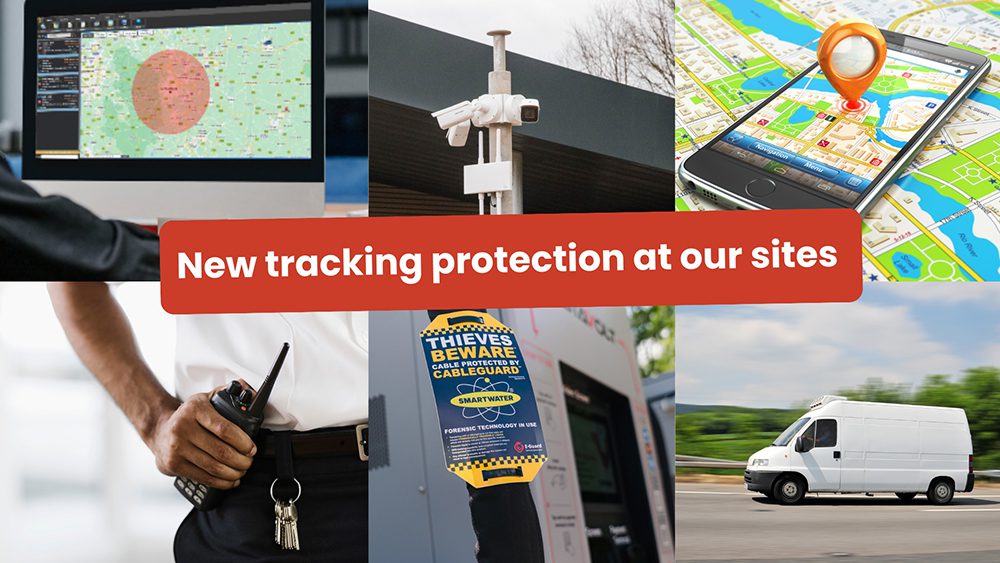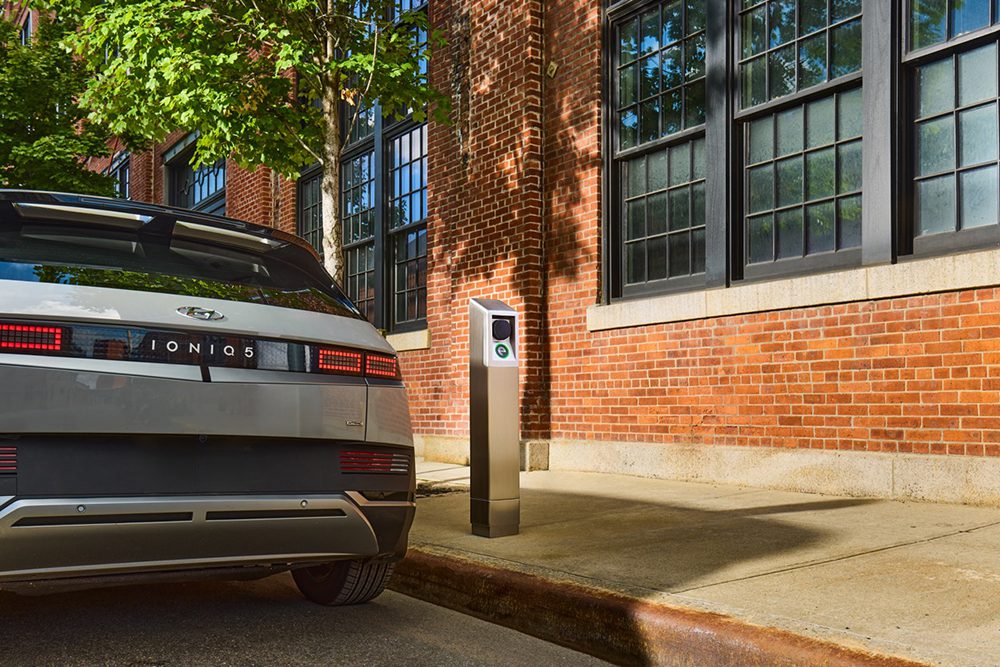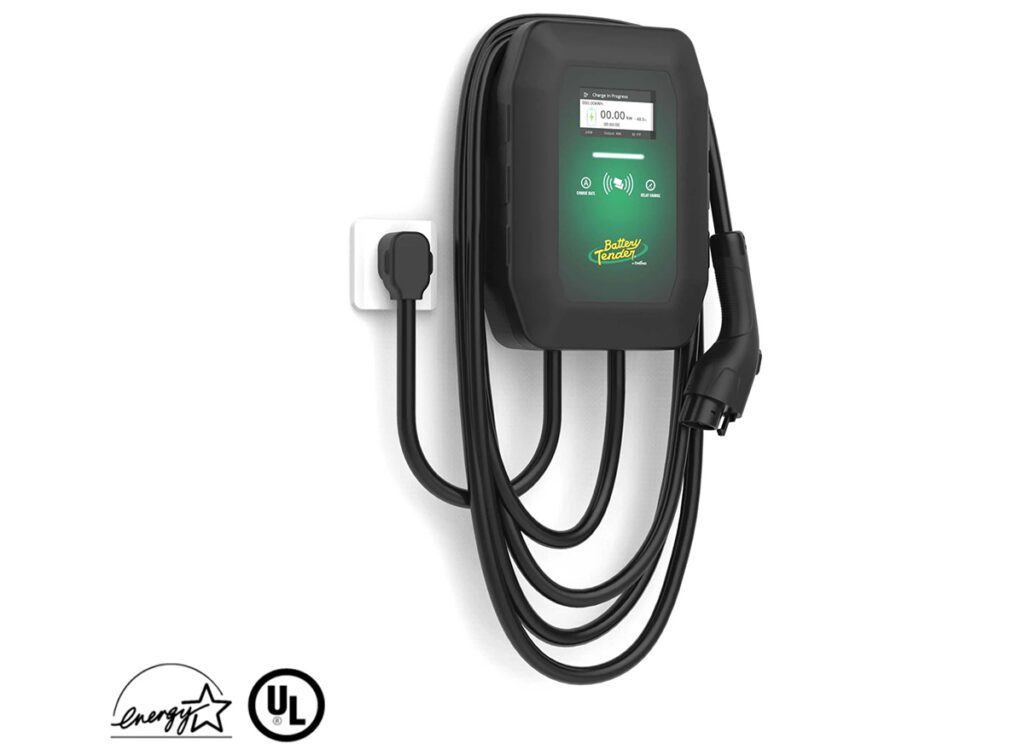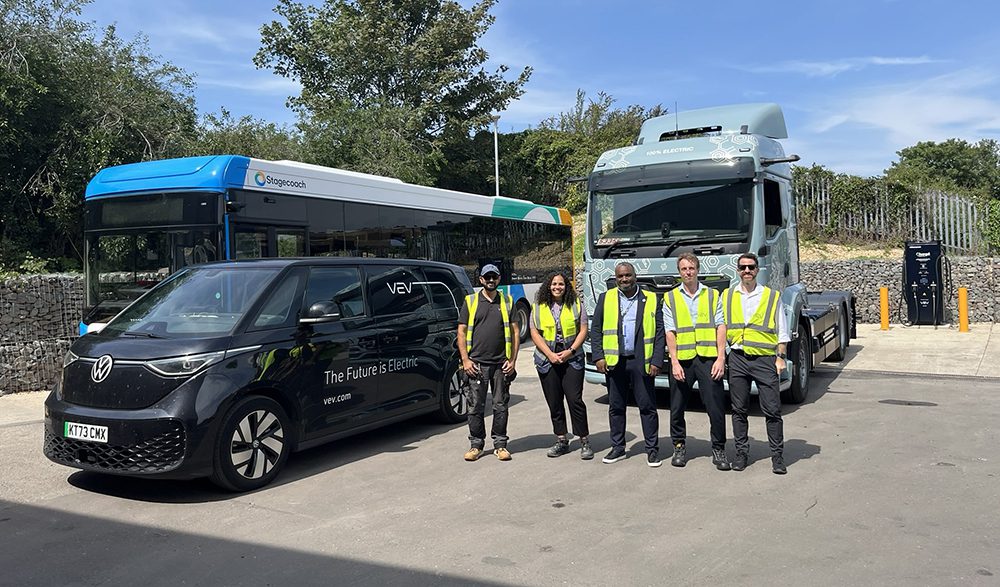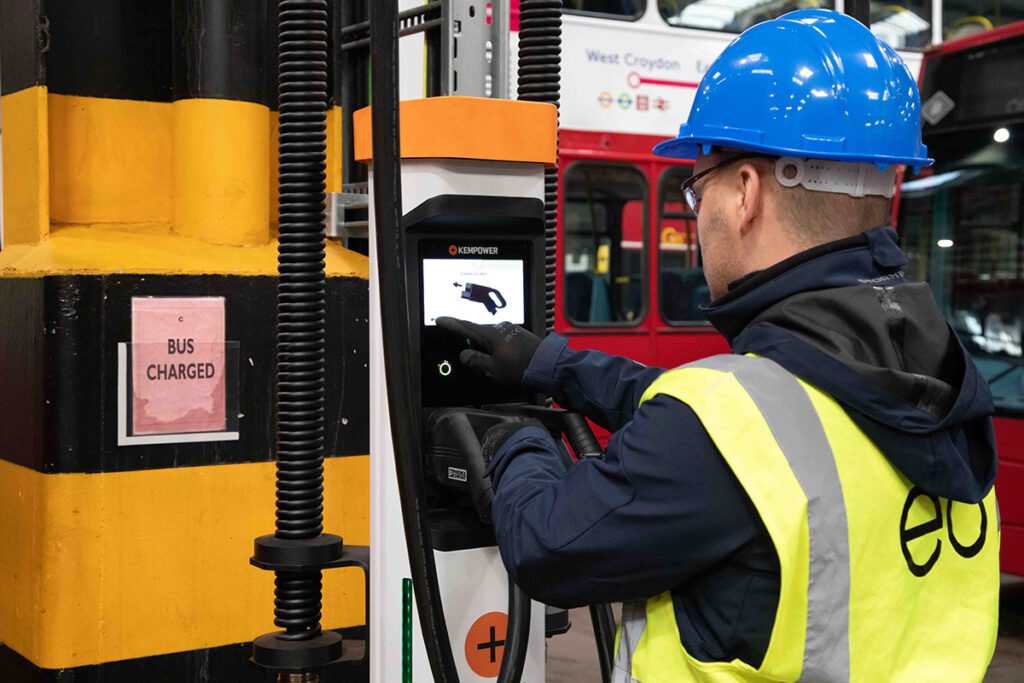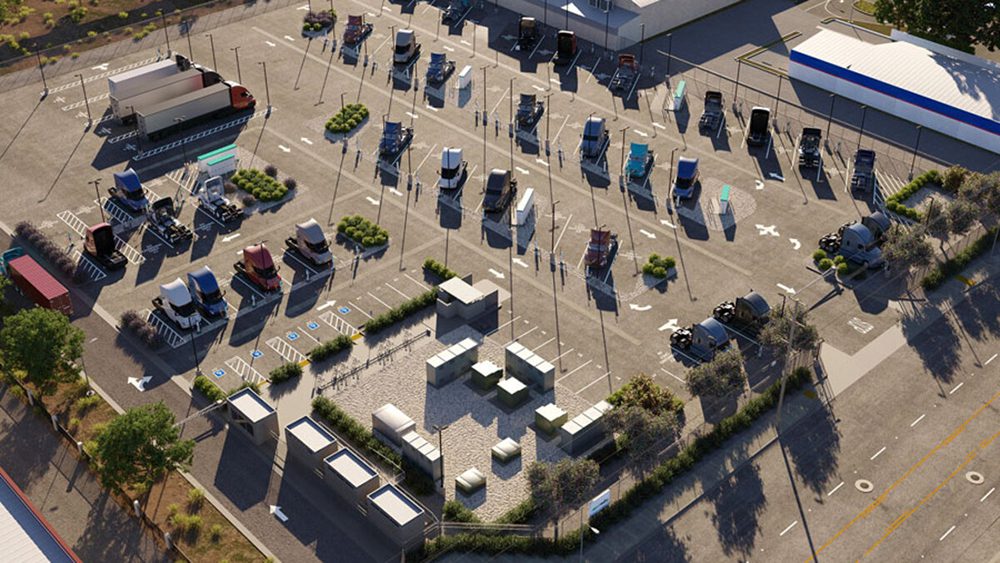By Paul Stith, Solution Lead for Black & Veatch’s Smart Integrated Infrastructure business. Stith specializes in sustainable transportation infrastructure, energy storage and their convergence within smart cities.
Growing EV sales are providing new potential revenue streams for electric utilities. Though EVs still make up less than one percent of global auto sales, they have become undeniable fixtures on roadways, and utilities can profit from this lucrative market.
As reported in Black & Veatch’s recently published 2016 Strategic Directions: US Electric Industry Report, more than 75 percent of electric utility respondents identified themselves as “very interested” or “interested” in EVs as new revenue streams, while traditional industrywide demand remains flat. Even though the market remains in its nascent stages, the potential for rapid and occasionally concentrated growth will require preparations across operational and business groups.

Electric utilities can help play a role in supporting the necessary investments in EV infrastructure to support rising consumer interest in expanding portfolios from manufacturers such as Tesla, Nissan, BMW, GM, Ford and Volkswagen. The role for utilities becomes even more essential with the increased energy requirements of medium and heavy-duty applications such as goods movement, transit and growing fleets.
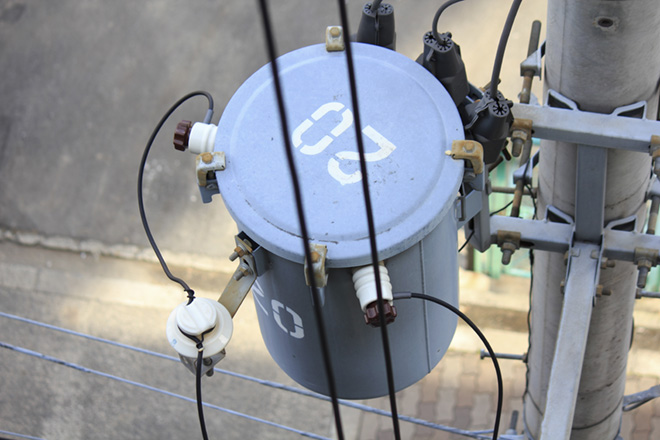
Customer engagement
Given the potential disruptive effects of EVs on existing infrastructure, particularly neighborhood-level transformers, it will be important for electric utilities to increase customer engagement surrounding adoption. However, nearly one quarter of Black & Veatch’s survey respondents indicated that they had no idea of the number of EVs in their system. Although owners are not required to notify utilities that they have purchased an EV, solutions to ensure that adequate maintenance and investment scale with adoption are important. Agencies such as state departments of motor vehicles and enrollment in EV rate plans can also help with identifying the rate of load growth from EVs.
Costs and fees
Electricity costs will play an important role in furthering EV adoption. These costs can be dominated by demand fees designed to recover the cost of delivery. This is especially true for high-power direct current (DC) fast charging stations, often metered independently of other loads, that are critical to broader EV adoption.
To support cost recovery yet encourage infrastructure development, tariffs can be developed to spread high demand fees across kilowatt-hours delivered, and may be tailored to evolving market conditions. Such structures will remove barriers to early market infrastructure deployment and will lead toward new load growth over time. Nearly two thirds of survey respondents indicated a need to examine tariffs and the state/local regulatory structures to allow them to support growth in EVs.
Similarly, fee structures can be adjusted to encourage owners to charge during the best time for the utility. Nearly 75 percent of respondents indicated support for workplace charging initiatives, with more than half (56 percent) supporting public charging. Support for workplace charging typically means that utilities are working with their commercial accounts, and are ready and seeking to strengthen their relationships with these customers.
In California, for example, with large volumes of solar resources available during the daylight hours, workplace charging is a compelling option for utilities. Others states may encourage evening charging as demand loads drop while baseload capacity remains. Efforts to explore these options in anticipation of widespread EV adoption are encouraged because altering regulatory constructs typically can take extended periods of time.
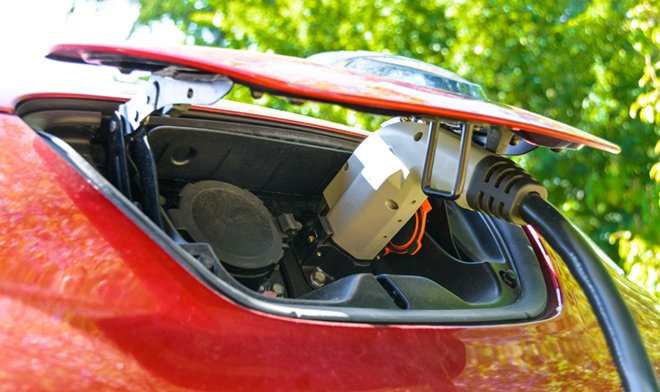
User experience
For an industry often thought of as trailing the retail or financial sectors in terms of customer experience programs, it is important to note that more than two thirds of electric industry respondents indicated that encouraging EVs also represents an opportunity to better interact with their customers.

Not only do EVs give utilities a way to get in front of their customers, they can also be viewed as a strong market enabler, supporting the growing ecosystem of market participants via support for charging infrastructure investment while enhancing their brand. Also, 50 percent of utilities indicated that EVs have environmental impacts and that support for the technology mirrors changing customer expectations for their service providers. The ability to demonstrate societal benefits such as reduced greenhouse gas emissions, real regional economic and health benefits through reduced fuel imports, and pollution reduction can be used to support investments that can be included in the rate base.
From concern to embrace
A few years ago, there was significant concern across the industry about the potential for EVs to accelerate transformer burnout, making support difficult. However, the combination of gradual adoption and both regulatory and public support for investments in a more reliable, flexible grid/charging network has created a scenario in which electric utilities are prepared to play a major role in facilitating broader adoption. All parties are beginning to see that the combination of vehicle technology, market forces and changing cultural standards is creating a perfect storm that will propel EVs forward.
This article originally appeared in Charged Issue 27 – September/October 2016. – Subscribe now.






